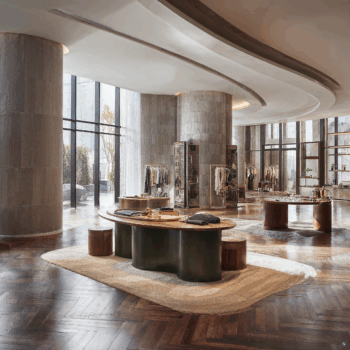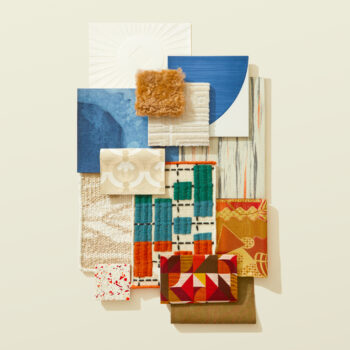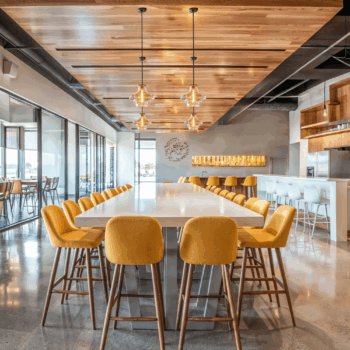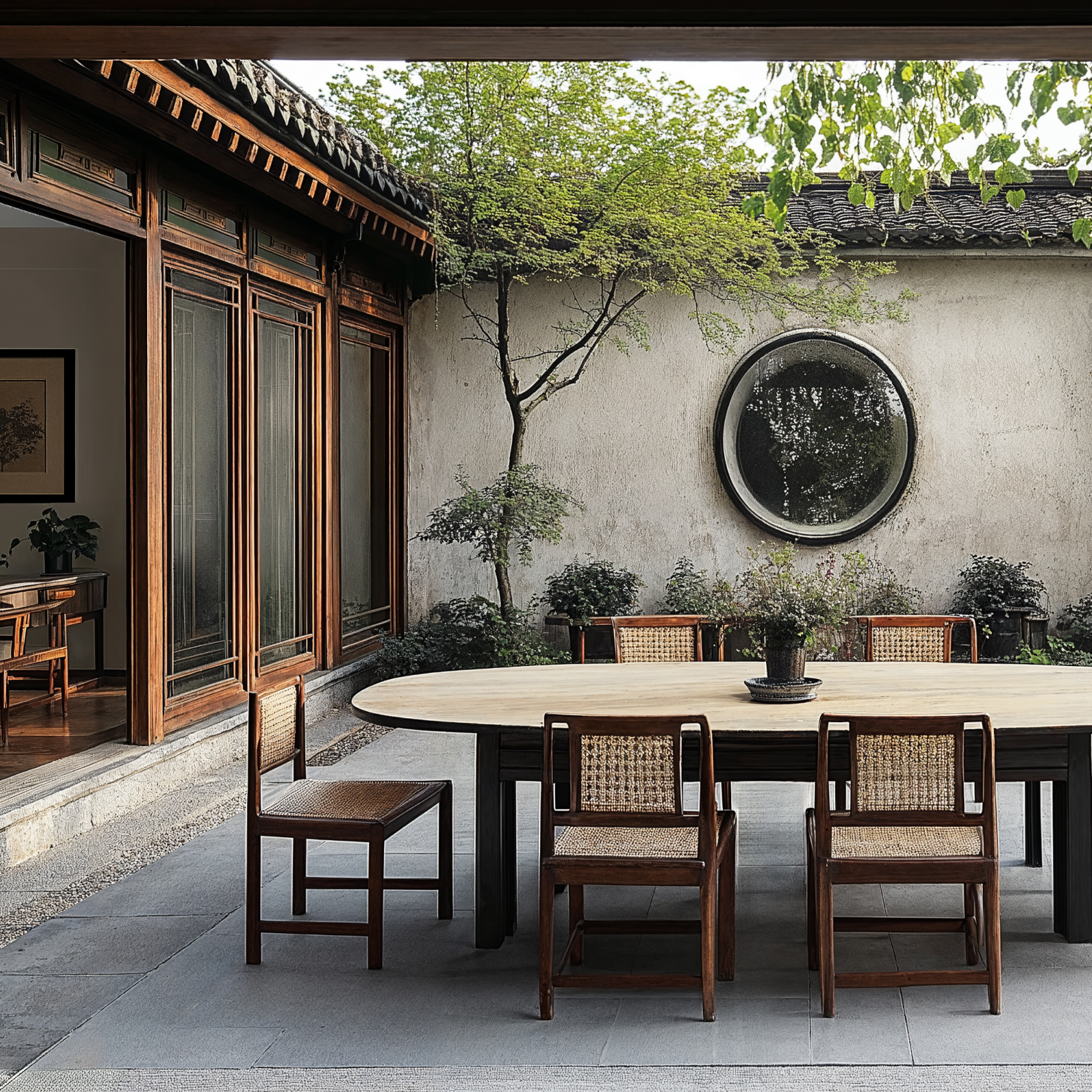
Traditional Chinese design is an expression of cultural heritage, balance, and craftsmanship, blending rich materials, intricate patterns, and symbolic colors to create elegant, meaningful interiors. Rooted in Feng Shui principles, this style prioritizes symmetry, natural flow, and a strong connection to nature. Dark rosewood, mahogany, and elm wood furniture bring warmth and depth, complemented by hand-painted porcelain, silk textiles, and carved wooden screens. Red and gold accents symbolize prosperity and good fortune, while intricate latticework and auspicious motifs, such as dragons and lotus flowers, enhance the aesthetic. Whether in residential, hospitality, or cultural settings, this design style remains a timeless expression of refinement and artistry.
The Core Principles of Traditional Chinese Design
1. Balance and Symmetry
Inspired by Feng Shui, interiors are designed with symmetrical layouts and harmonious arrangements to create a sense of stability and well-being.
2. Natural Connection
Courtyards, water features, and wooden elements enhance the relationship between architecture and the natural world, fostering tranquility.
3. Intricate Artistry
Hand-carved wooden panels, ornate latticework, and decorative silk textiles showcase the depth of traditional Chinese craftsmanship.
4. Symbolic Color Palettes
Red and gold symbolize prosperity and fortune, while deep blues, jade greens, and soft neutrals offer contrast and balance.
5. Timeless Craftsmanship
Dark hardwood furniture, lacquered finishes, and detailed porcelain reflect a tradition of fine materials and meticulous artistry.
Traditional Chinese Design in Practice
Healing Spaces in Healthcare
Traditional Chinese design fosters serenity and balance in healthcare environments. Natural wood, decorative screens, and soft lighting create a calming atmosphere, enhancing wellness and relaxation.
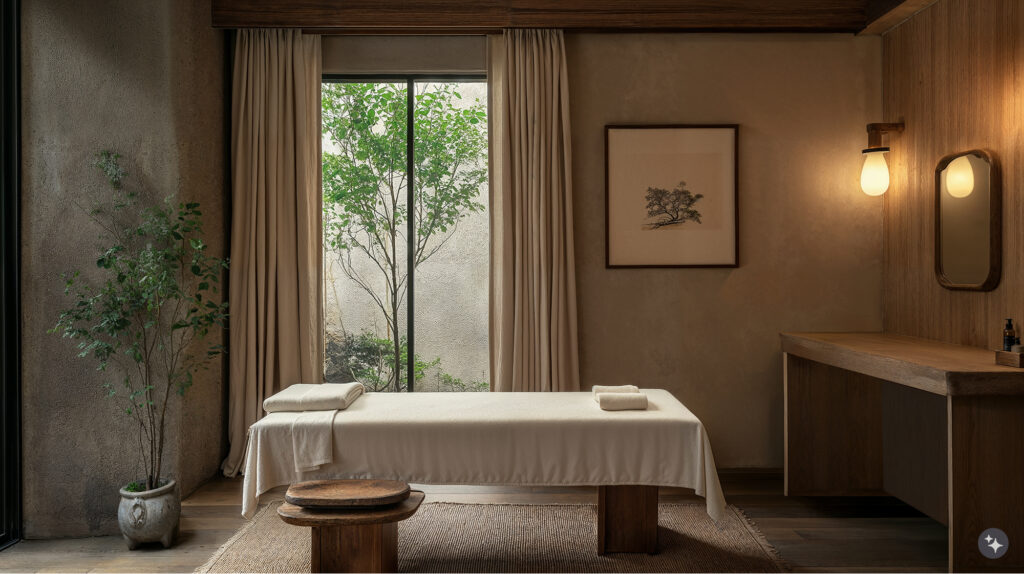
Harmonious Workspaces
Buildings featuring brick facades, expansive windows, and minimal ornamentation create a harmonious blend of functionality and aesthetic balance, fostering a workspace that feels both grounded and efficient.
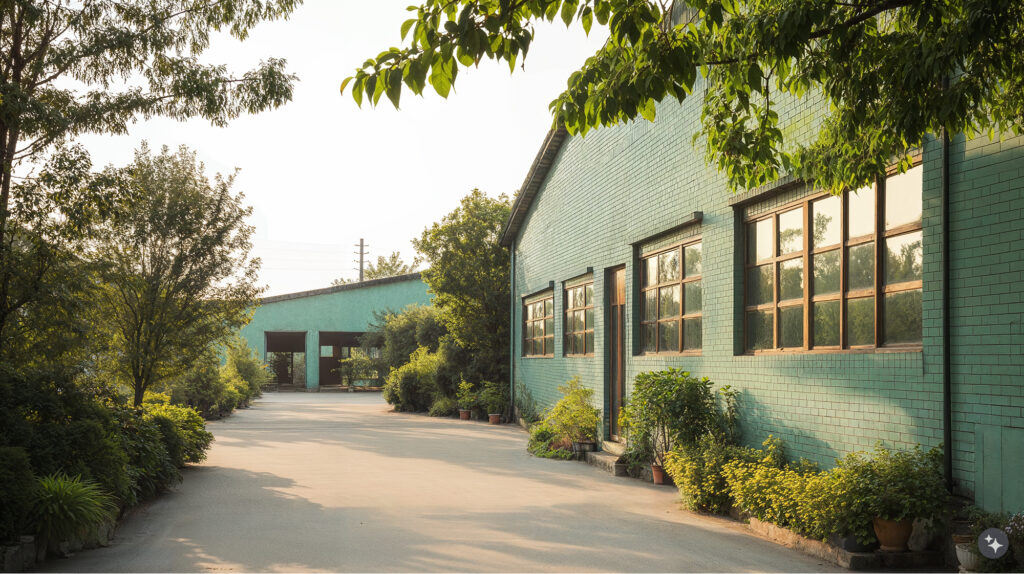
Inspired Educational Spaces
Schools and libraries embrace intricate wooden details, open courtyards, and symbolic patterns, fostering an environment of knowledge and mindfulness.
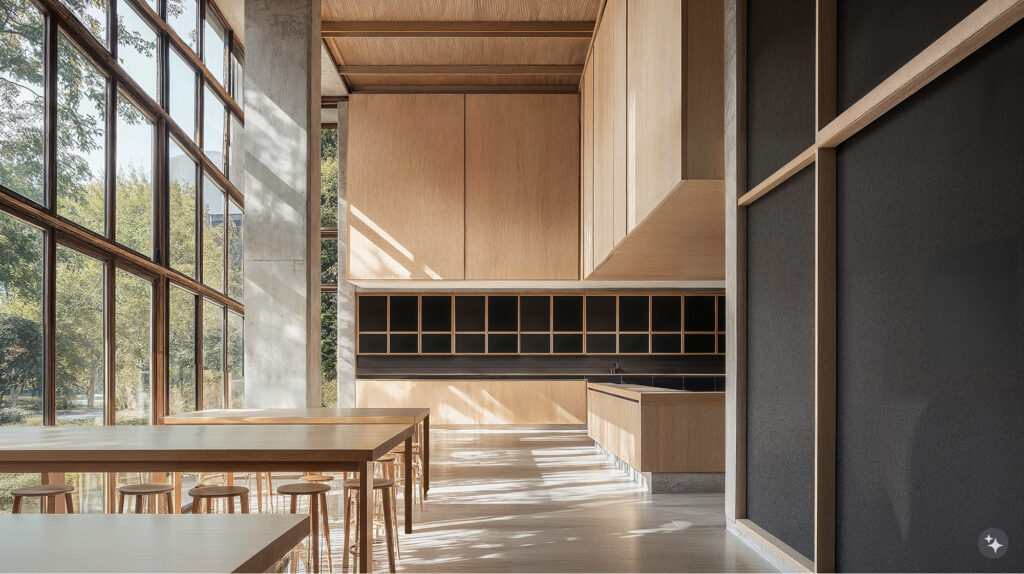
Refined Hospitality Interiors
In spaces like theaters or restaurants, intricate wood carvings, rich color palettes, and decorative lighting enhance the ambiance, blending cultural heritage with modern entertainment.
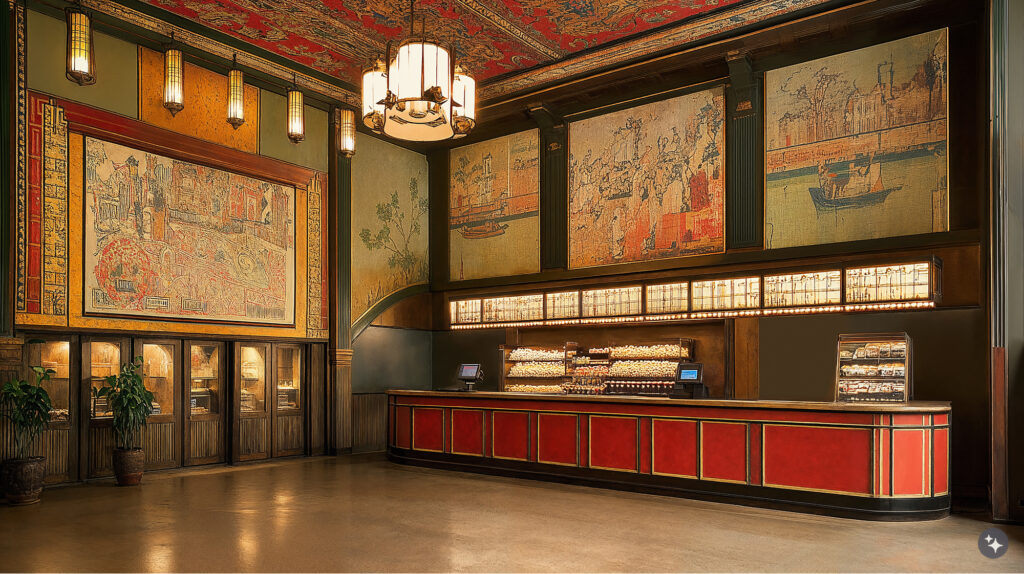
Cultural Centers Honoring Heritage
Museums, temples, and galleries highlight detailed ceiling carvings, calligraphy-adorned walls, and symbolic artifacts, offering an authentic expression of Chinese artistry.
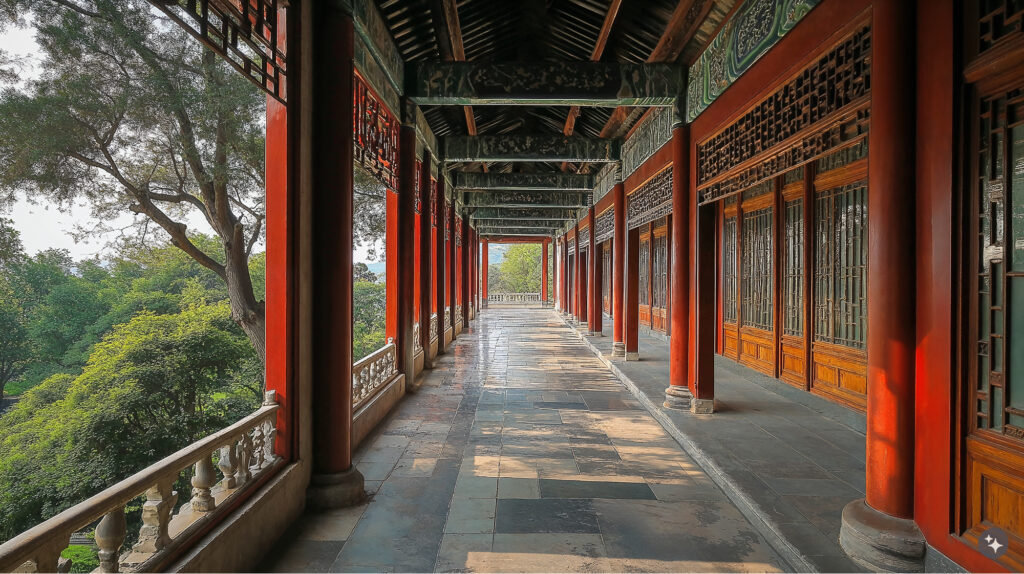
Retail Rooted in Tradition
Boutiques and shopping malls emphasize grand architectural elements, natural light, and ornamental detailing to create an elegant and inviting atmosphere.
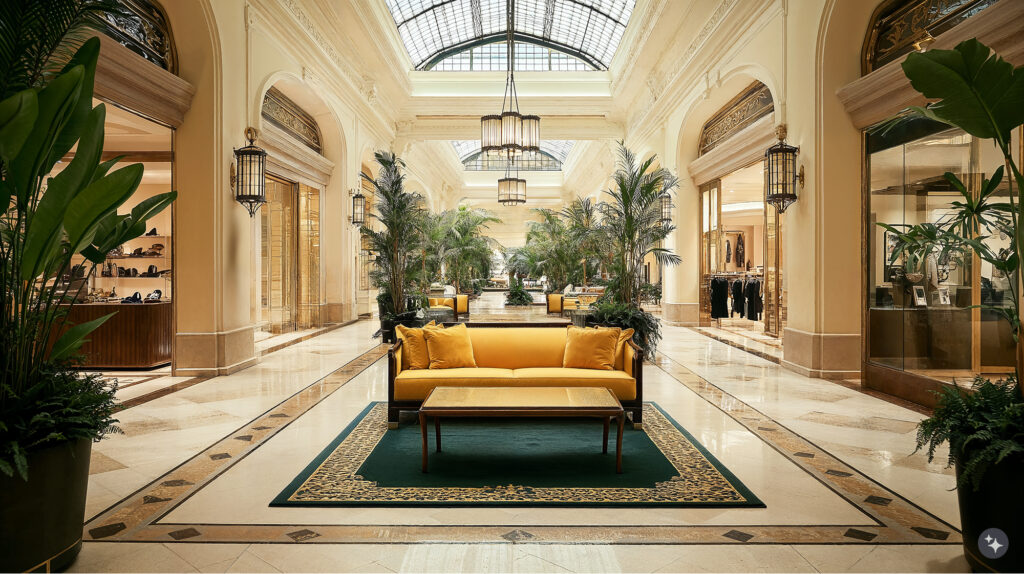
Elegant Transport Hubs
Train stations and airports incorporate subtle Chinese motifs, decorative screens, and colorful accents, blending cultural heritage with modern efficiency.
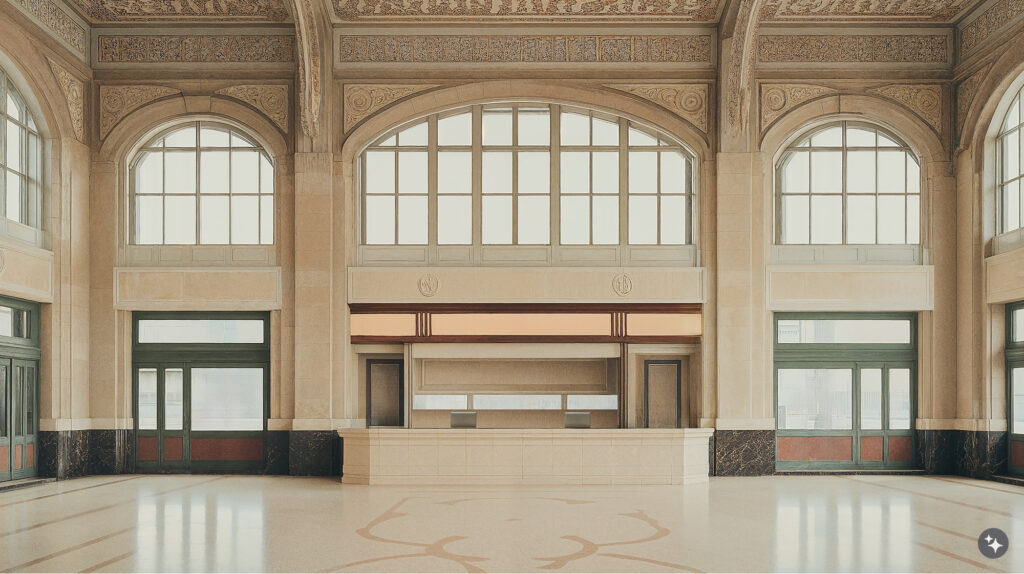
Blending Tradition in Mixed-Use Spaces
Restaurants and residential spaces merge traditional craftsmanship with modern comfort, using bamboo panels, Ming-style furniture, and decorative lighting for a timeless look.
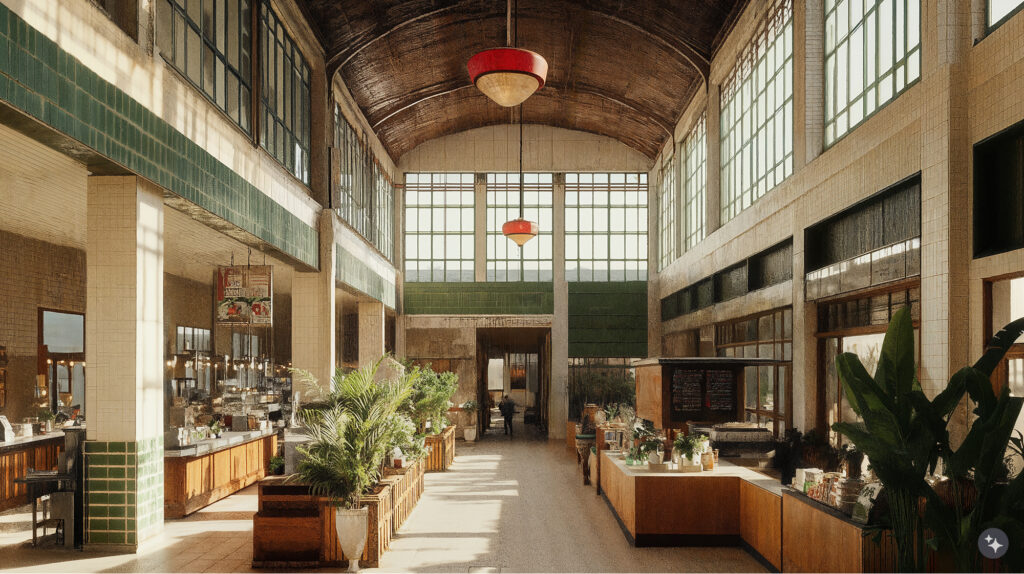
Serene Residential Interiors
Homes embrace hand-carved furnishings, calligraphy artwork, and open courtyards, creating a peaceful retreat that reflects nature and culture.
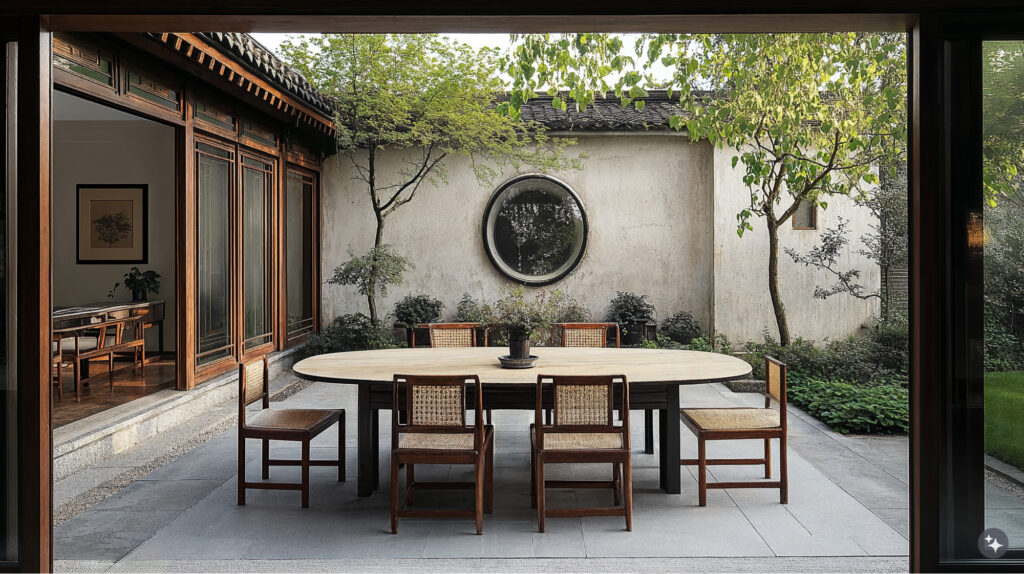
Traditional Chinese design remains an enduring expression of balance, artistry, and symbolism, blending Feng Shui principles, intricate craftsmanship, and refined materials to create harmonious interiors. Whether in hospitality, residential, or cultural settings, this style continues to inspire with its elegance and deep cultural roots.
Looking for more balanced focused design styles? Read through our article on Balinese Design: A Celebration of Nature, Culture, and Artistry.





